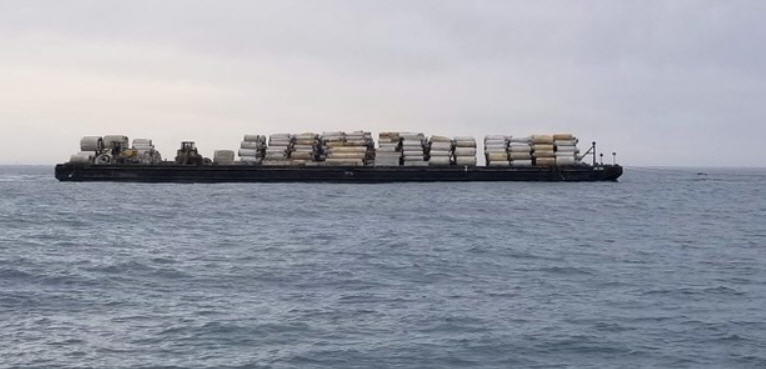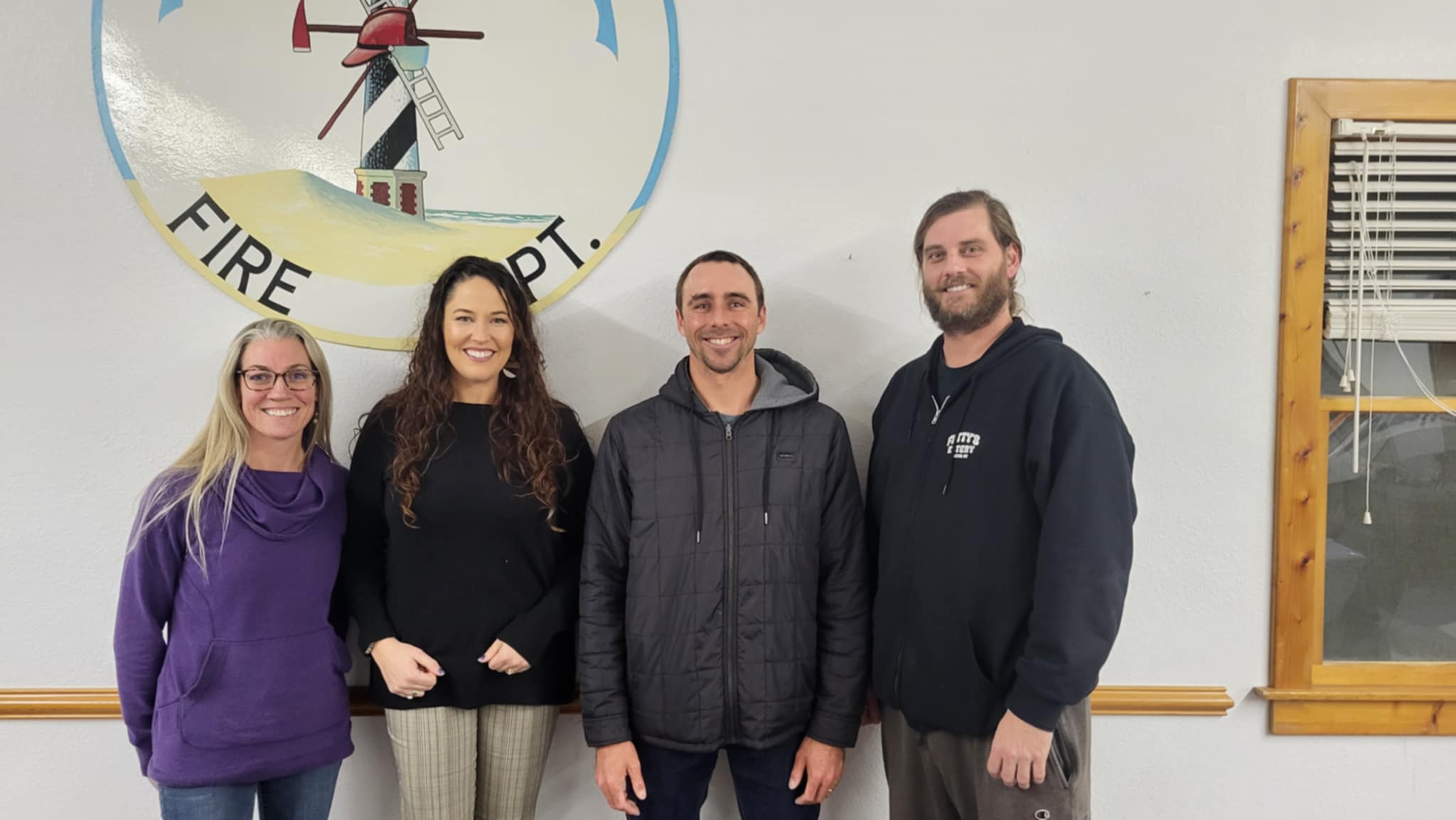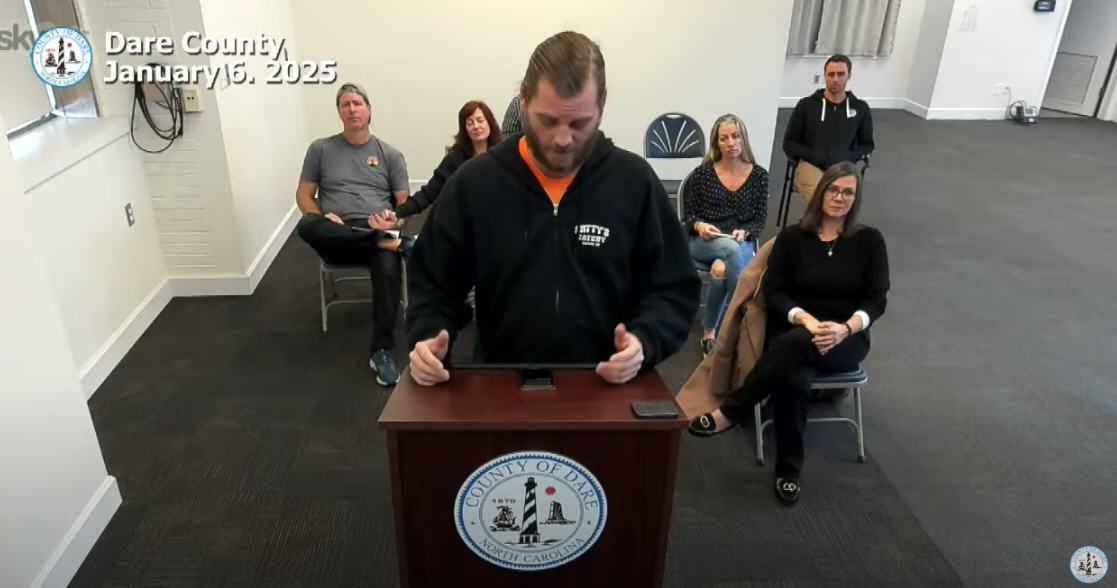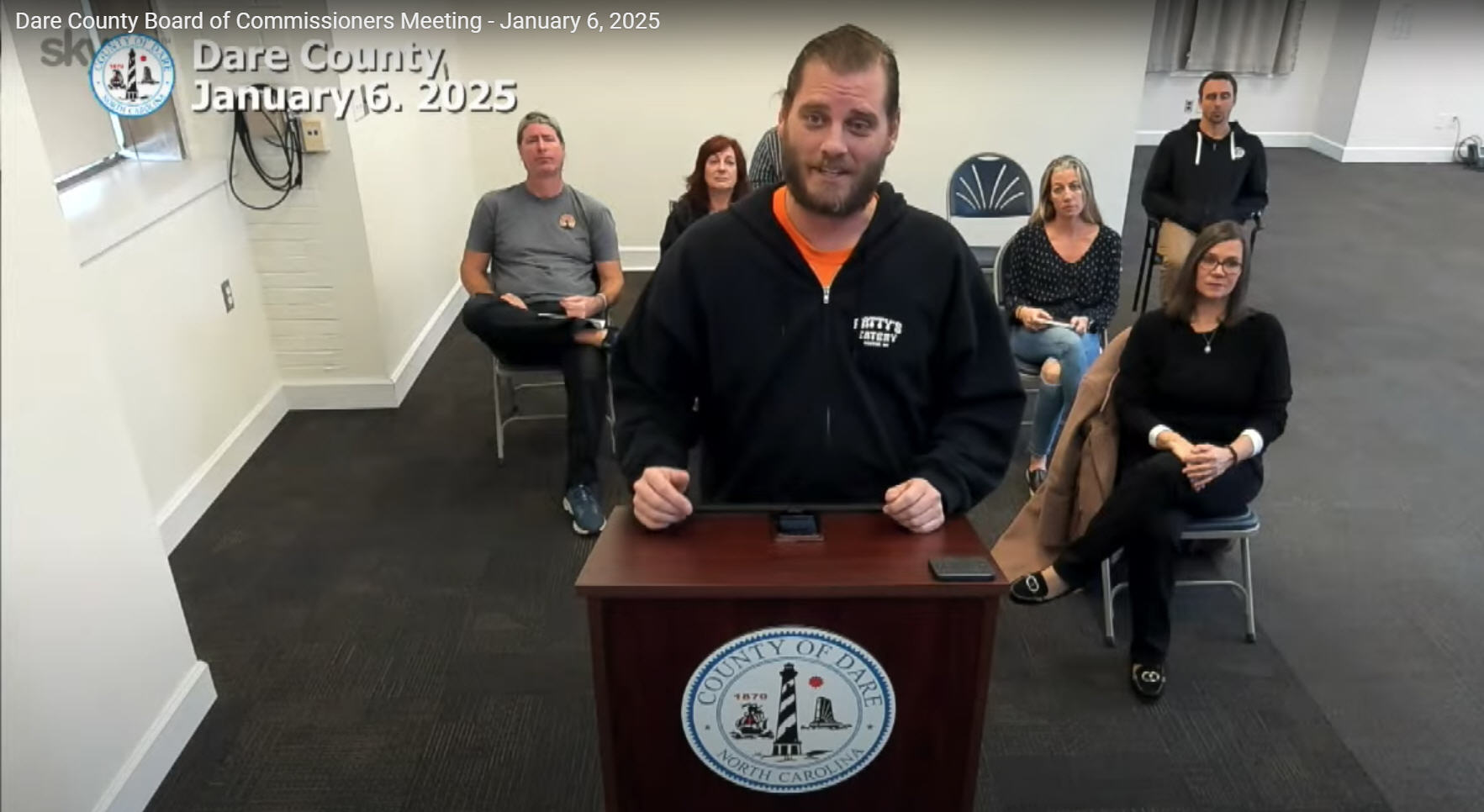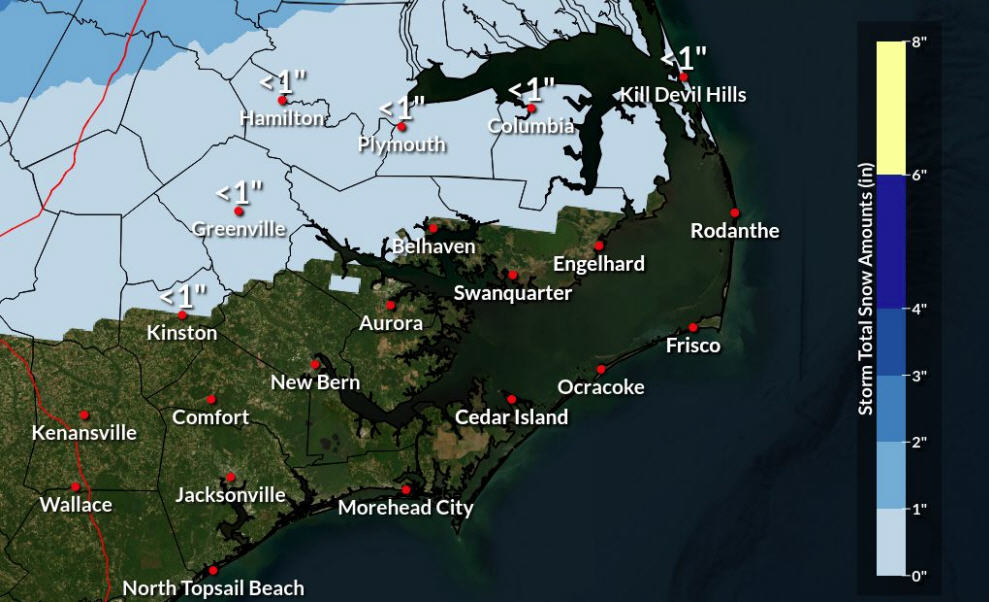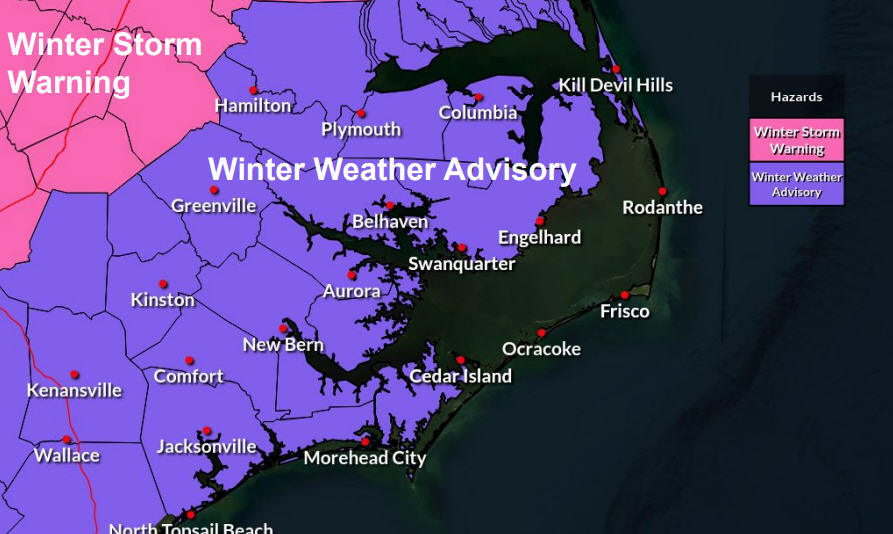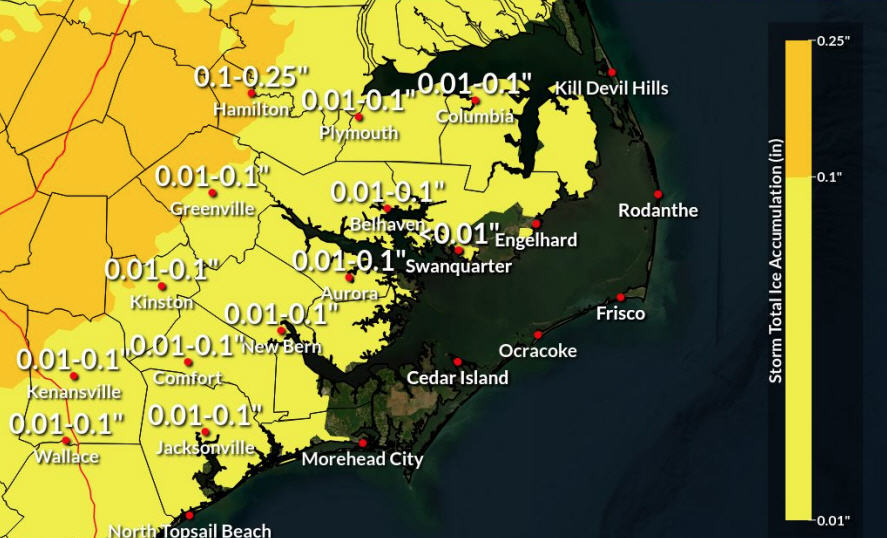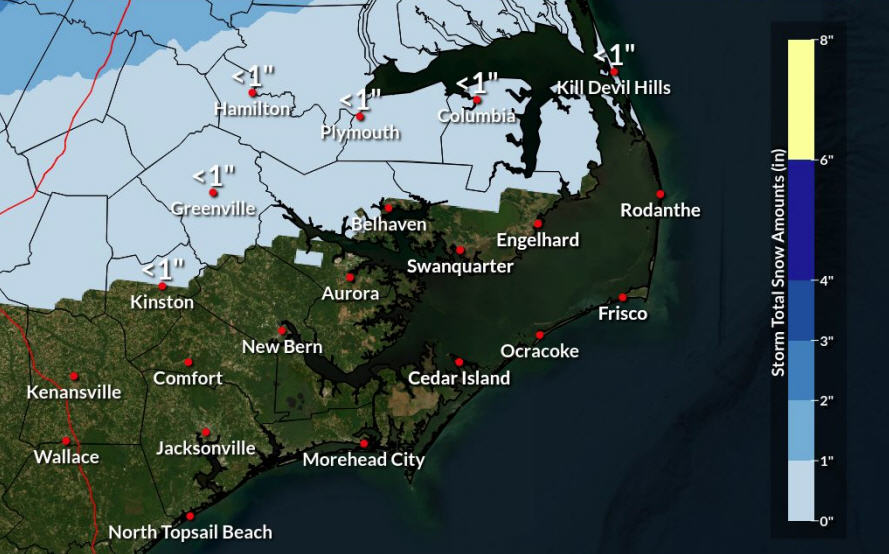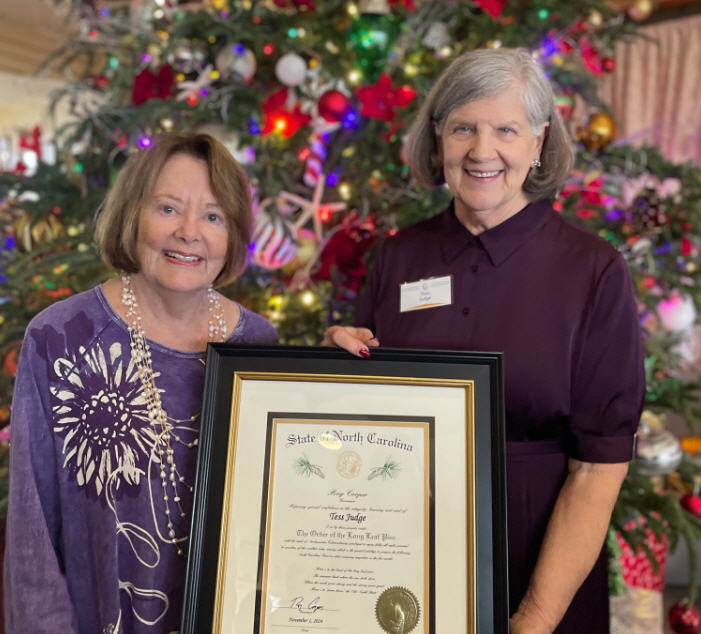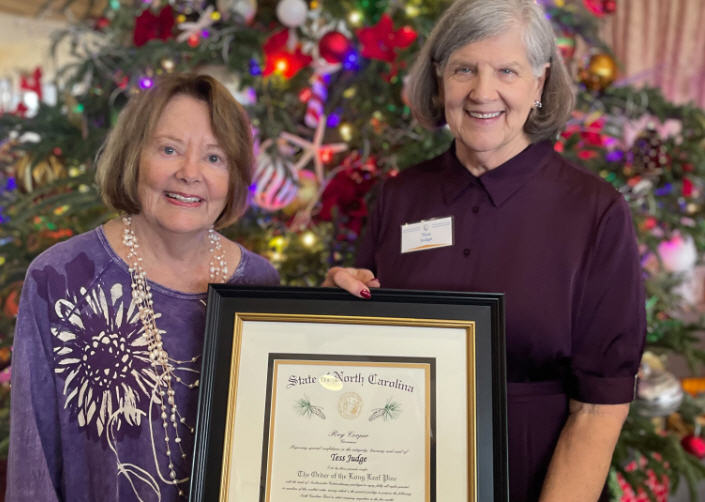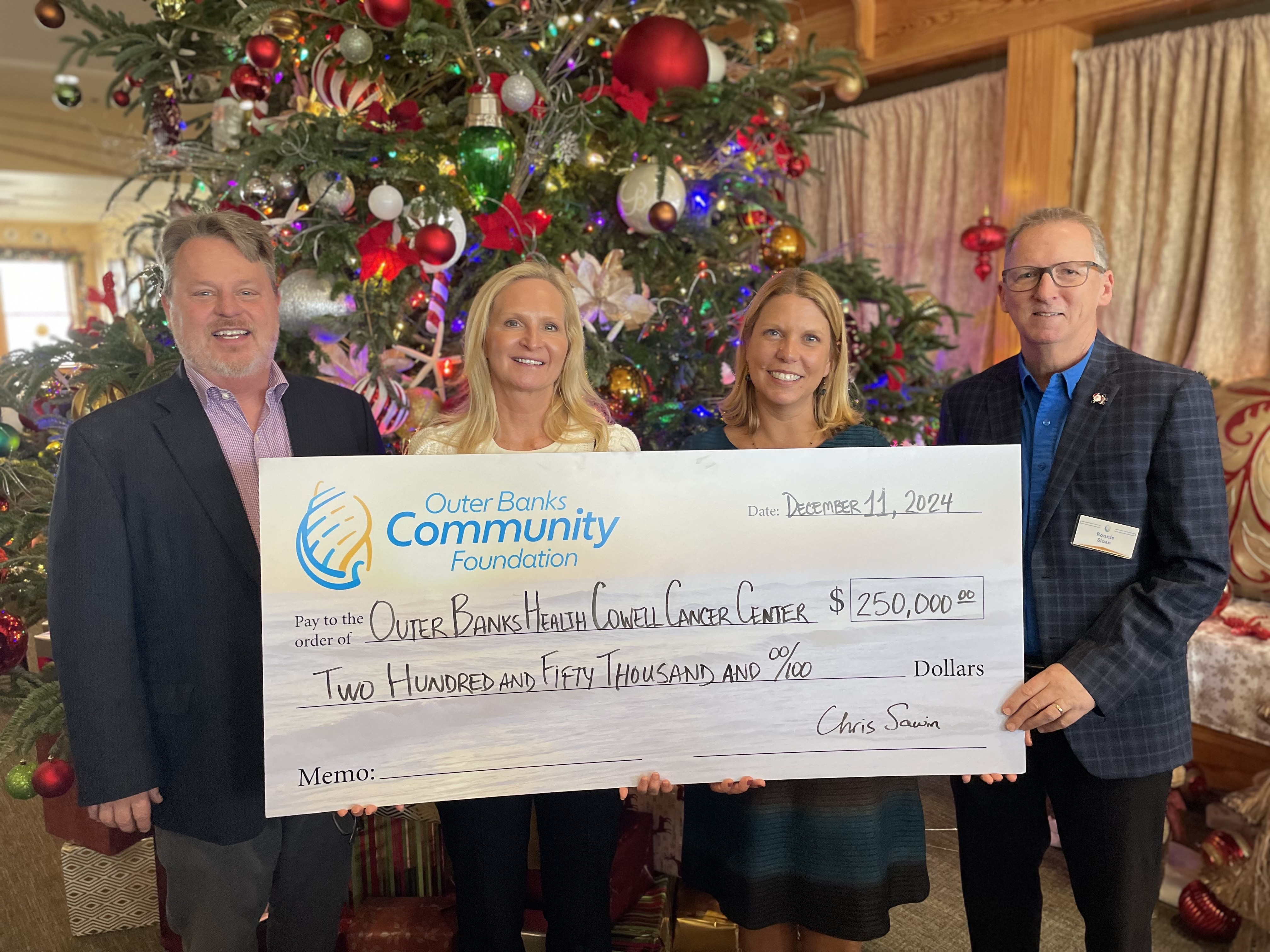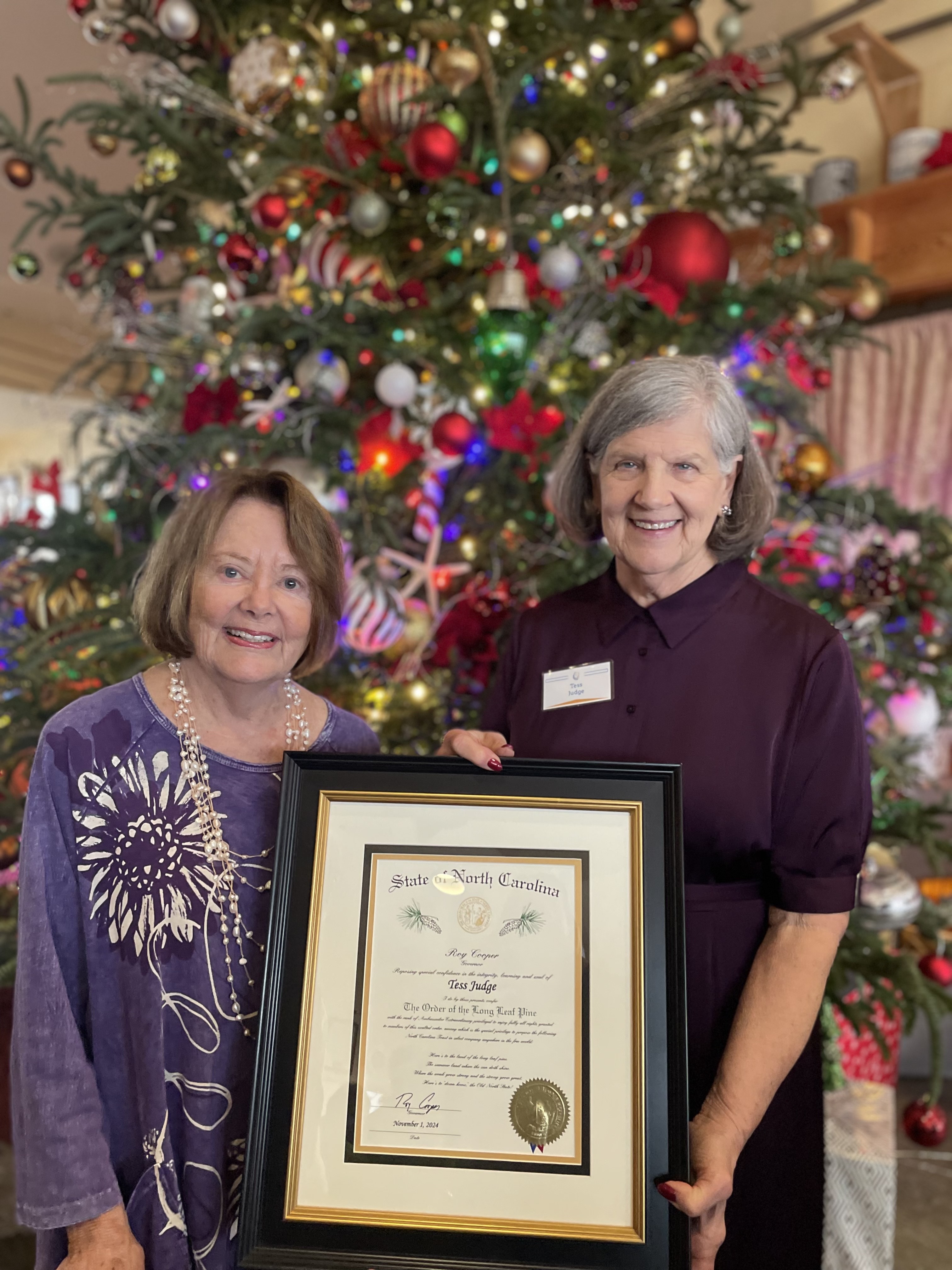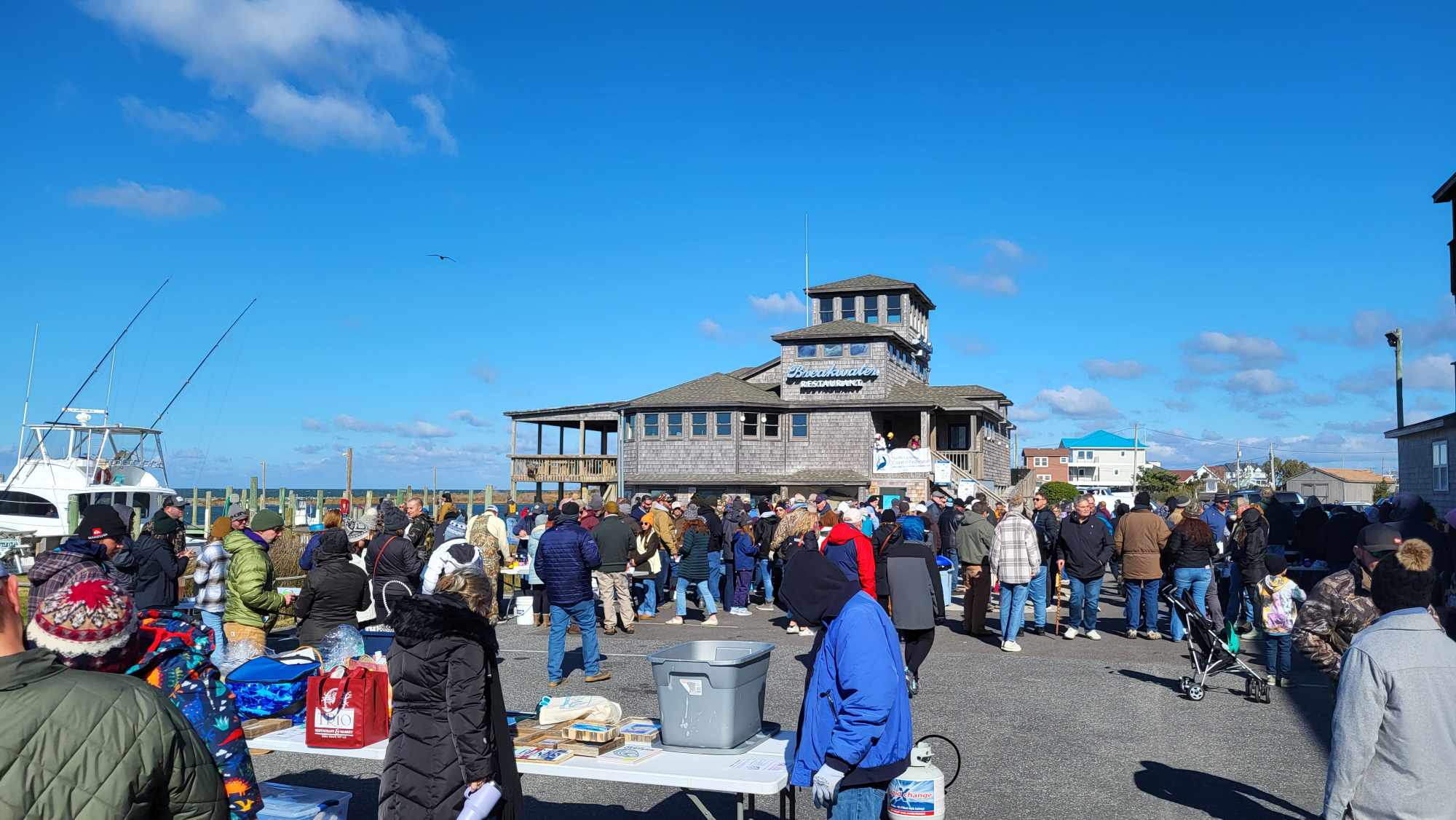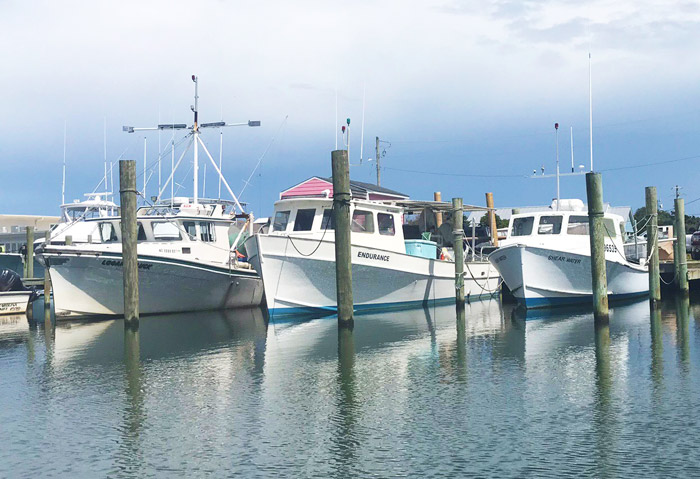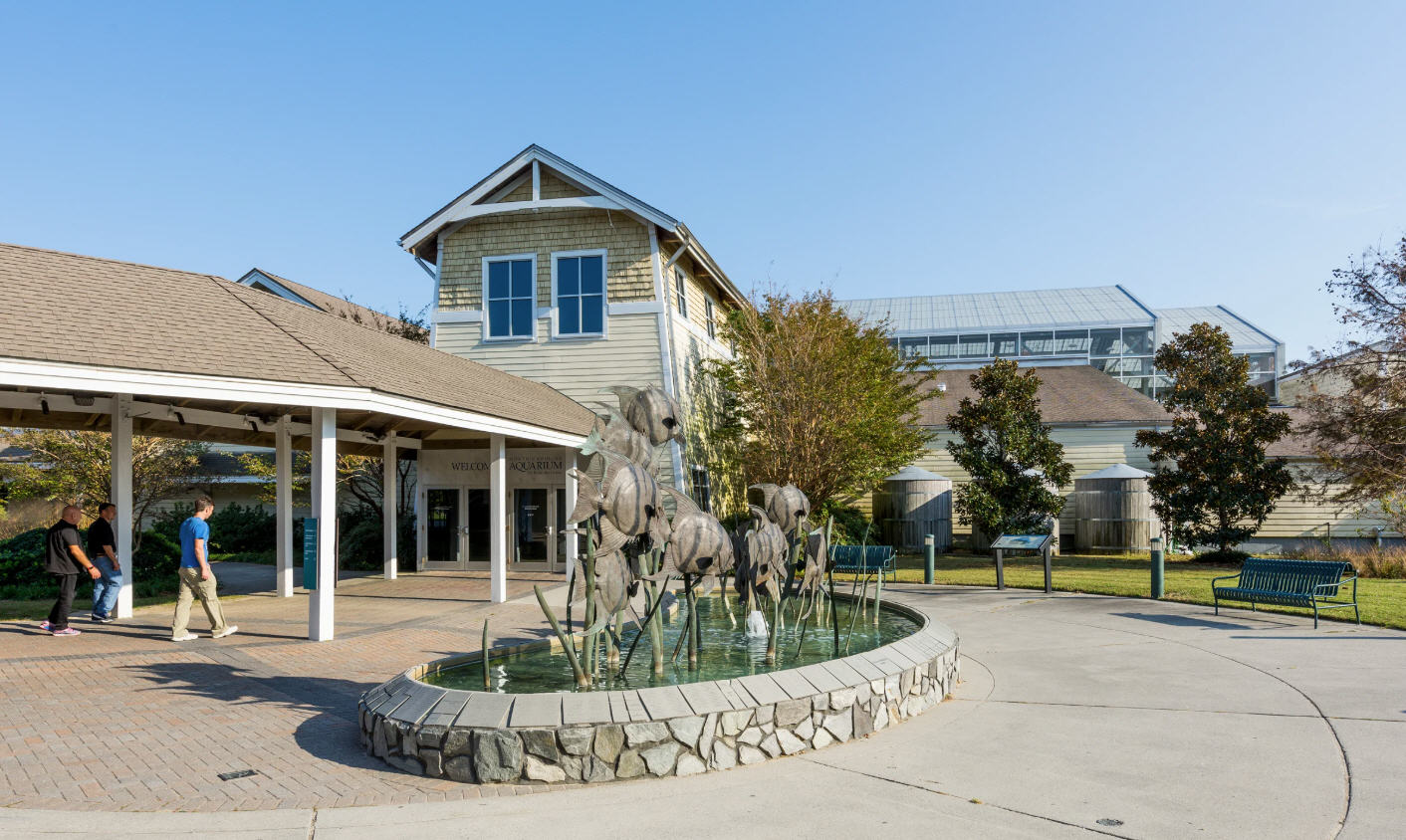With around 800 rescues to date, it’s a record-breaking winter for cold-stunned sea turtles on the Outer Banks
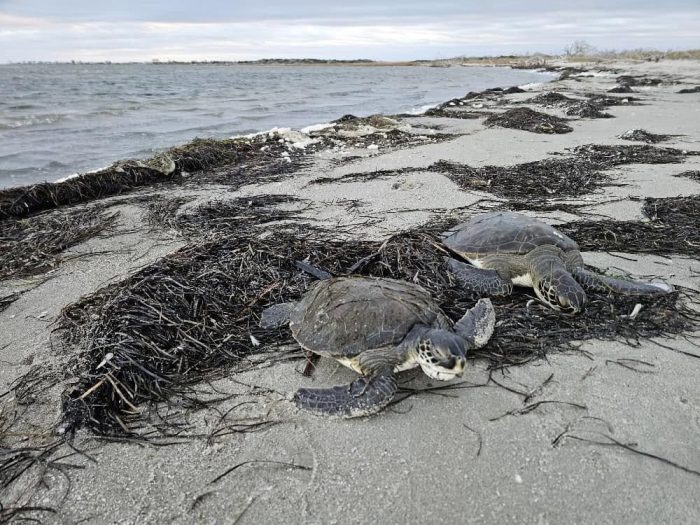
2016 was a historic year when it comes to cold-stunned sea turtle rescues, and it’s a benchmark that longtime N.E.S.T. (Network for Endangered Sea Turtles) volunteers remember well.
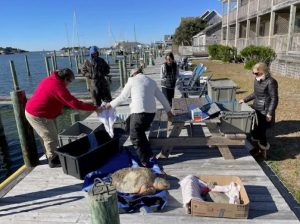
In January 2016, more than 1,200 live turtles were rescued along shorelines across the state, with approximately 600 live turtles found within the Cape Hatteras National Seashore.
Frank Welles, a 15-year sea turtle rescuer and the Hatteras Island N.E.S.T Coordinator, says that the past few weeks had eerie similarities to the now infamous “Turtle Apocalypse of 2016.”
“A normal busy year for us is 100-200 rescues,” said Welles. “The last time we’ve had anything close to this [season] was 2016.”
As cold-blooded reptiles, sea turtles derive heat from their surroundings, and when they become too cold, their metabolism slows, prohibiting them from moving to warmer waters. This can cause a wide range of medical issues, and without assistance, can even lead to drowning, as the turtle struggles to raise its head above the water to breathe.
When there’s a cold snap and temperatures drop, N.E.S.T. volunteers patrol the primarily soundside beaches of the Outer Banks, looking for cold-stunned sea turtles that have washed ashore.
When they’re found, they are carefully transported by other volunteers to the Sea Turtle Assistance and Rehabilitation (STAR) Center at the North Carolina Aquarium on Roanoke Island, which is one of only two dedicated sea turtle hospitals in the state. (The other is The Karen Beasley Sea Turtle Rescue and Rehabilitation Center, located in Surf City, NC.)
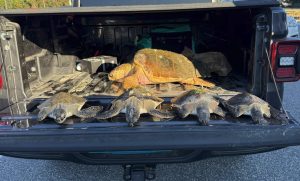
And for the past few weeks, volunteers and STAR center staff have been running ragged with rescue efforts, alongside duck hunters, fishermen, and NC Ferry System personnel who have also recovered cold-stunned sea turtles.
“This has been a record year,” said Tony Parisi, president of N.E.S.T. “We’ve had well over 70 volunteers over several weeks who have rescued around 800 sea turtles.”
The North Carolina Wildlife Resources Commission (NCWRC) works with N.E.S.T. and other partner organizations along the North Carolina coast to conduct these cold-stun rescues, and NCWRC is the primary agency that oversees all rescue operations.
According to Sarah A. Finn, Coastal Wildlife Diversity Biologist for NCWRC, 2016 had more sea turtle rescues statewide, but when it comes to the Outer Banks, the 2024/2025 season breaks the all-time record.
“In total, we have recovered nearly 900 live turtles in North Carolina since December 1, 2024, making this our second-highest cold stun event on record in the state,” stated Finn. “With 790 live turtles recovered in Hatteras region alone since December 1, this event is the largest that we have recorded for the Hatteras region.”
In 2016, the sea turtle rescues were more evenly distributed across the state. In 2024, the sea turtles have mainly been washing up along the shorelines Hatteras and Ocracoke Islands, which presents a wave of challenges for both N.E.S.T. volunteers and the veterinarians who care for them at the STAR Center and beyond.
“This is about the same thing that happened in 2016,” said Welles, referring to a six-day cold spell in early December 2024 where 570 sea turtles were rescued. “It went from moderately mild to really cold all at once, and that’s what caused the massive cold-stunning.
A second cold snap occurred just last week, and for a brief period of time, N.E.S.T. volunteers had to stand down as all of the statewide medical facilities and turtle rehab facilities were at capacity.
“I have been working in sea turtle rehabilitation since 2005, and 2016 was definitely our busiest year yet, until now,” said Christian Legner, associate director of the NC Aquarium on Roanoke Island.
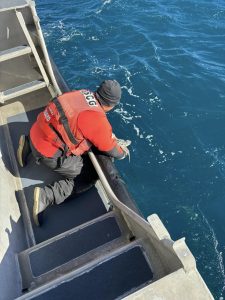
Of the roughly 800 sea turtles the STAR Center has received since December, 552 have been released by the U.S. Coast Guard Station Hatteras Inlet, the U.S. Coast Guard Station Fort Macon, and the fishing vessel Phideux out of Wanchese. These turtle-saving fleets release the recovered sea turtles miles away from shore, near the warmer waters of the Gulf Stream.
So, the reason why rehabilitation centers have been stretched to their limits isn’t necessarily the number of turtles that have been shuttled to centers across the state – it’s because of the number that need more long-term medical care and attention.
“If you think about human emergencies and the idea of triage, we had the first cold event in December, with hundreds of turtles a day, and a lot of those turtles were in good shape. They were happy in the sound, were eating well, and just got hit by the cold… And we were able to release these turtles within 4-5 days after observation and bloodwork,” said Legner.
“What we’ve been seeing in the second half of December [and beyond] is sea turtles that have been in the cold longer, or they may have been cold stunned, and cold stunned again. These turtles are sicker when we get them.”
There are roughly 65 sea turtles at the STAR Center now that need this lengthier and more in-depth medical care. Some may have infections, some may be emaciated, and some may be in the early stages of kidney failure, which are all extreme side effects of being cold stunned.
“When we have a lot of turtles that are ill, we have to spend a lot of time with them and are unable to hold as many sea turtles,” said Legner.
When the STAR Center is bursting at the seams, NCWRC steps in to see if some of the turtles can be relocated to other facilities.
“The state’s other two aquariums at Pine Knoll Shores and Fort Fisher, depending on conditions, can help, and they often do with simple cases,” said Matthew Godfrey, sea turtle biologist with NCWRC. “Sometimes, we also partner with the NC Museum of Natural Sciences in Raleigh, as they have a veterinarian there, and given their proximity to the veterinary school at NC State, it’s a good location to send more complex cases.”
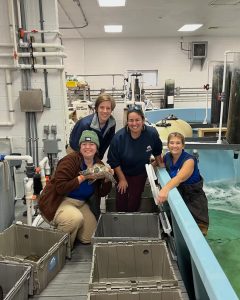
As of January 11, the strain on the STAR Center and statewide rehabilitation facilities has somewhat diminished, and with a break in the cold weather patterns, it’s unlikely that these facilities will be at capacity again soon.
It’s a relief for the N.E.S.T. volunteers across the Outer Banks, who can once again continue their rescue efforts, without interruption, until the warmer spring weather arrives.
“Everyone is heartbroken when there are sea turtles and we can’t help them because there’s no place for them to go,” said Welles. “This happened in 2016 too. But we’re at the end of a long [cold stun] event, and the good news is that they are recovering.”
“It has definitely been a busy winter for the whole team,” he added. “But this Is a marvelous team of people. From getting them off the water, to getting them to the aquarium, to getting them back to sea, there’s a whole lot of good people who make this happen.”
If you spot a sea turtle on land this time of year, please call one of the stranding hotlines with your location:
- If you spot a cold-stunned sea turtle in or along the Pamlico Sound, contact the 24-hour N.E.S.T. hotline at 252-441-8622. You can also call The National Park Service at 252-216-6892 if you spot a sea turtle along the Cape Hatteras National Seashore.
- For more information on N.E.S.T., and to make a donation or learn about volunteer opportunities, visit http://www.nestonline.org/.


